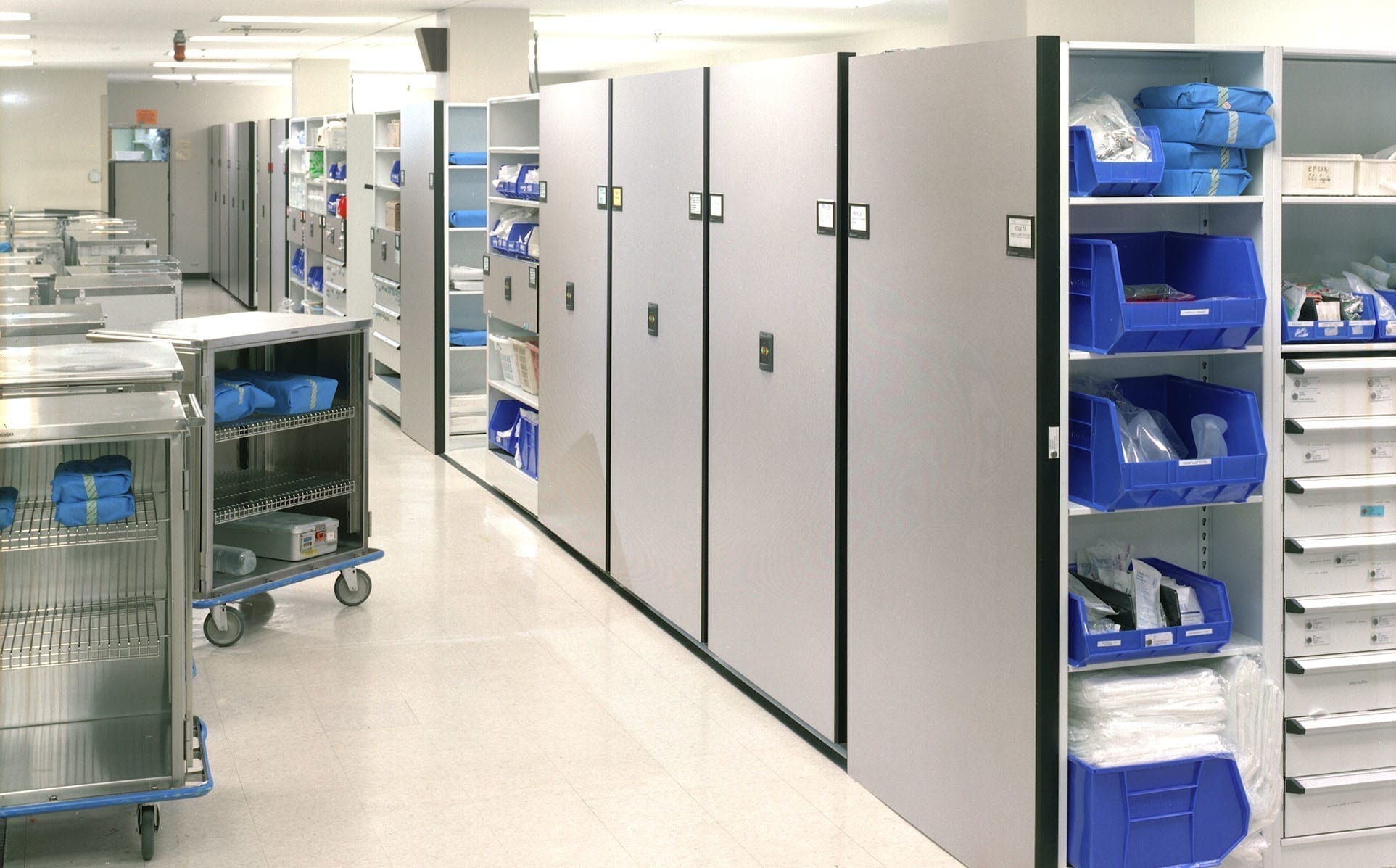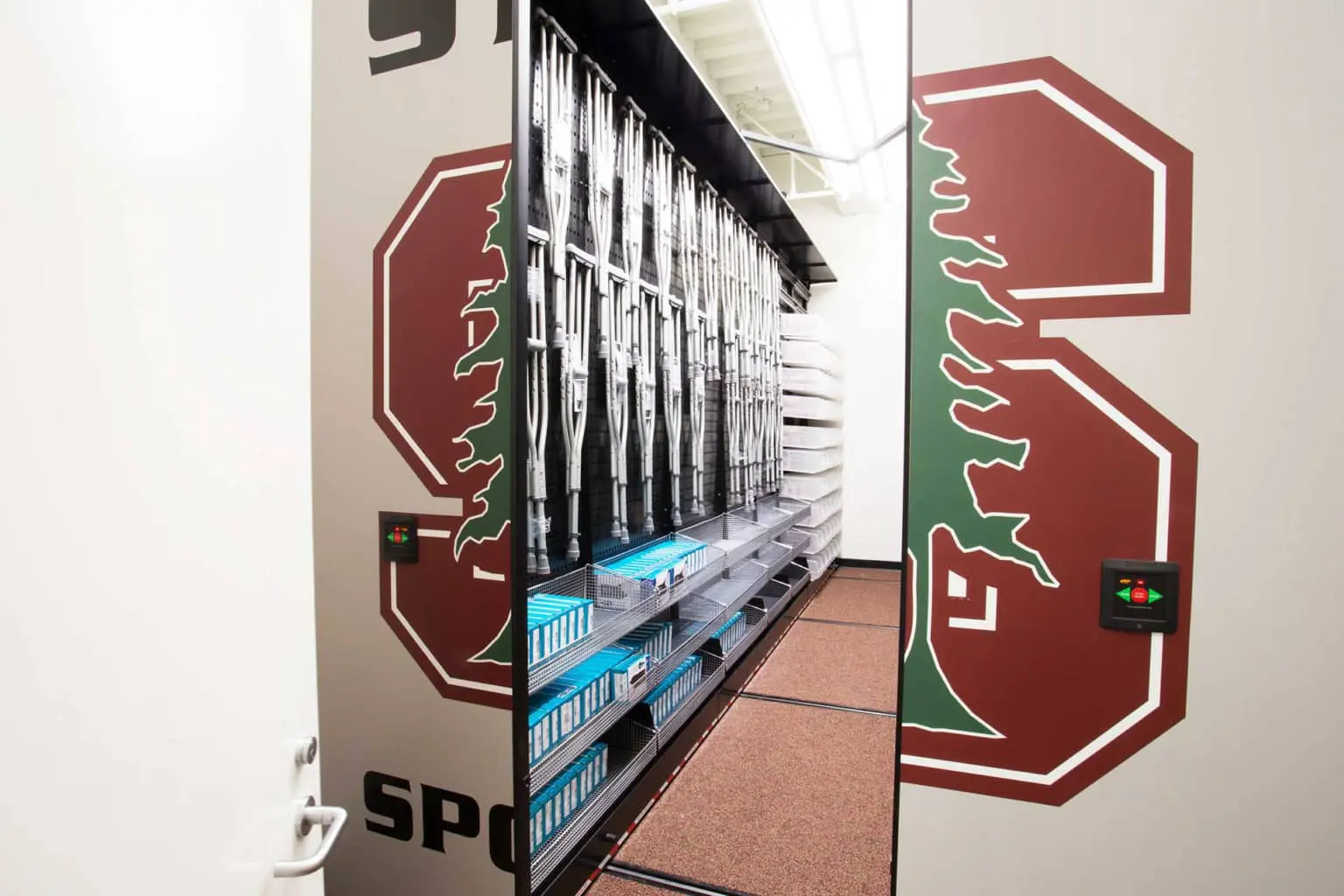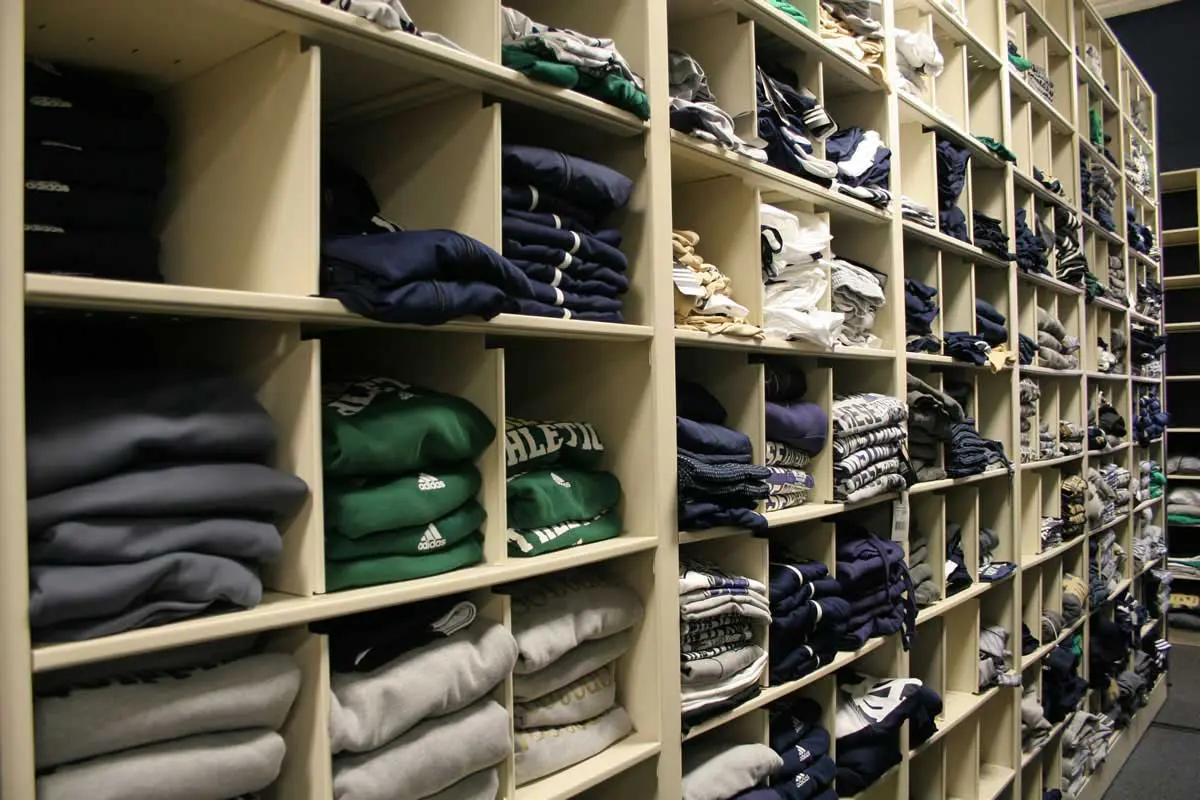
In an era where technology is seamlessly integrated into our daily lives, our vehicles are no exception to this digital revolution. Modern automobiles are equipped with an array of sophisticated electronic devices, from infotainment systems to navigation tools and connectivity features. With these advancements, the need for efficient device management within automotive spaces has become increasingly crucial. This is where Device Management Lockers come into play, reshaping the landscape of automotive technology management.
Device Management Lockers: A Technological Boon for Automotive Spaces
Device Management Lockers, often referred to as “smart lockers” or “tech lockers,” are innovative solutions designed to address the challenges of managing electronic devices within vehicles and automotive spaces. These lockers provide a secure and organized way to store and charge various gadgets and tools used in the automotive industry. Here’s why they are fast becoming a new tech essential in this sector:
1. Enhanced Security
Security is paramount in the automotive industry. Vehicle manufacturers and service centers deal with valuable electronic devices that need to be protected from theft and damage. Device Management Lockers offer a secure storage solution, ensuring that expensive equipment, diagnostic tools, and customer devices remain safe.
These lockers are typically equipped with advanced locking mechanisms, access controls, and surveillance systems to prevent unauthorized access. This enhanced security not only safeguards valuable assets but also builds trust with customers who rely on automotive professionals to handle their devices responsibly.
2. Efficient Device Organization
The automotive industry involves multiple tasks that require various devices and tools, such as laptops, tablets, diagnostic equipment, and specialized software. Device Management Lockers provide a designated space for each device, promoting organization and easy access.
Service technicians can quickly locate the tools they need, reducing downtime and enhancing overall productivity. Additionally, these lockers often feature customizable compartments and charging ports, allowing devices to be neatly arranged and powered up simultaneously.
3. Device Charging Solutions
In the fast-paced world of automotive maintenance and repair, having charged devices at hand is essential. Device Management Lockers are equipped with charging capabilities, ensuring that all devices are ready for use when needed.
These lockers can be integrated with charging stations or built-in charging docks, eliminating the hassle of searching for power outlets and tangled cords. Whether it’s a tablet for diagnostics or a smartphone for communication, these lockers keep devices charged and ready to go.
4. Streamlined Workflow
Efficiency is the key to success in the automotive industry. Device Management Lockers streamline workflows by reducing the time spent searching for and setting up devices. Technicians can simply retrieve their assigned tools from the locker, confident that everything is in working order and fully charged.
This improved efficiency translates into faster service, shorter wait times for customers, and ultimately, higher customer satisfaction. As automotive businesses strive to provide superior service, these lockers are instrumental in achieving that goal.
5. Integration with IoT
The Internet of Things (IoT) has made its way into the automotive sector, enabling connected vehicles and advanced diagnostic capabilities. Device Management Lockers can be integrated into IoT ecosystems, allowing for remote monitoring and management of stored devices.
Through IoT connectivity, automotive businesses can track the status of their equipment, receive alerts for low battery levels or unauthorized access, and even remotely unlock lockers for authorized personnel. This level of automation enhances operational efficiency and minimizes the risk of device loss or theft.
Implementation of Device Management Lockers
Implementing Device Management Lockers in automotive spaces is a straightforward process. Here’s a general outline of the steps involved:
1. Assessment: Begin by evaluating the specific needs of your automotive space. Consider the types of devices used, the number of technicians or staff members, and the available space for locker installation.
2. Selection: Choose Device Management Lockers that align with your requirements. Look for features such as secure locking mechanisms, charging capabilities, and customizable compartments.
3. Installation: Install the lockers in a convenient and accessible location within your automotive space. Ensure that there is easy access for technicians and that the lockers are securely anchored.
4. Configuration: Customize the lockers to accommodate the devices used in your operations. Assign lockers to specific staff members or teams, and set up access controls as needed.
5. Training: Provide training to your staff on how to use the lockers effectively. Ensure that everyone understands the security protocols and how to access and return devices.
6. Monitoring and Maintenance: Implement a system for monitoring the lockers and devices. Regularly inspect the lockers for any maintenance needs and ensure that charging systems are functioning correctly.
7. Integration: If desired, integrate the lockers into your IoT ecosystem for remote monitoring and management.
FAQ
Q1: What types of devices can be stored in Device Management Lockers in automotive spaces?
Device Management Lockers can accommodate a wide range of devices, including laptops, tablets, smartphones, diagnostic tools, and specialized automotive software.
Q2: Are these lockers suitable for both automotive service centers and vehicle manufacturers?
Yes, Device Management Lockers are versatile and can be used in automotive service centers, vehicle manufacturing facilities, and any other automotive space where efficient device management is essential.
Q3: How does IoT integration benefit automotive businesses using these lockers?
IoT integration allows for remote monitoring and management of the lockers and their contents. It enables real-time tracking of device status, alerts for low battery levels or unauthorized access, and remote unlocking of lockers for authorized personnel, enhancing security and efficiency.
Q4: Can these lockers be customized to fit the specific needs of an automotive business?
Yes, Device Management Lockers can be customized to accommodate the unique requirements of an automotive business. They often feature customizable compartments and can be configured to assign lockers to specific staff members or teams.
Q5: Do Device Management Lockers come with warranties?
Many manufacturers offer warranties for their lockers, and the duration of these warranties may vary. It’s advisable to inquire about warranty options when purchasing lockers for your automotive space.
In conclusion, Device Management Lockers are the new tech essential in automotive spaces, offering enhanced security, efficient device organization, device charging solutions, streamlined workflows, and integration with IoT. By implementing these lockers, automotive businesses can improve productivity, protect valuable devices, and provide a higher level of service to their customers. As technology continues to advance, the role of Device Management Lockers in the automotive industry is set to become even more prominent.



